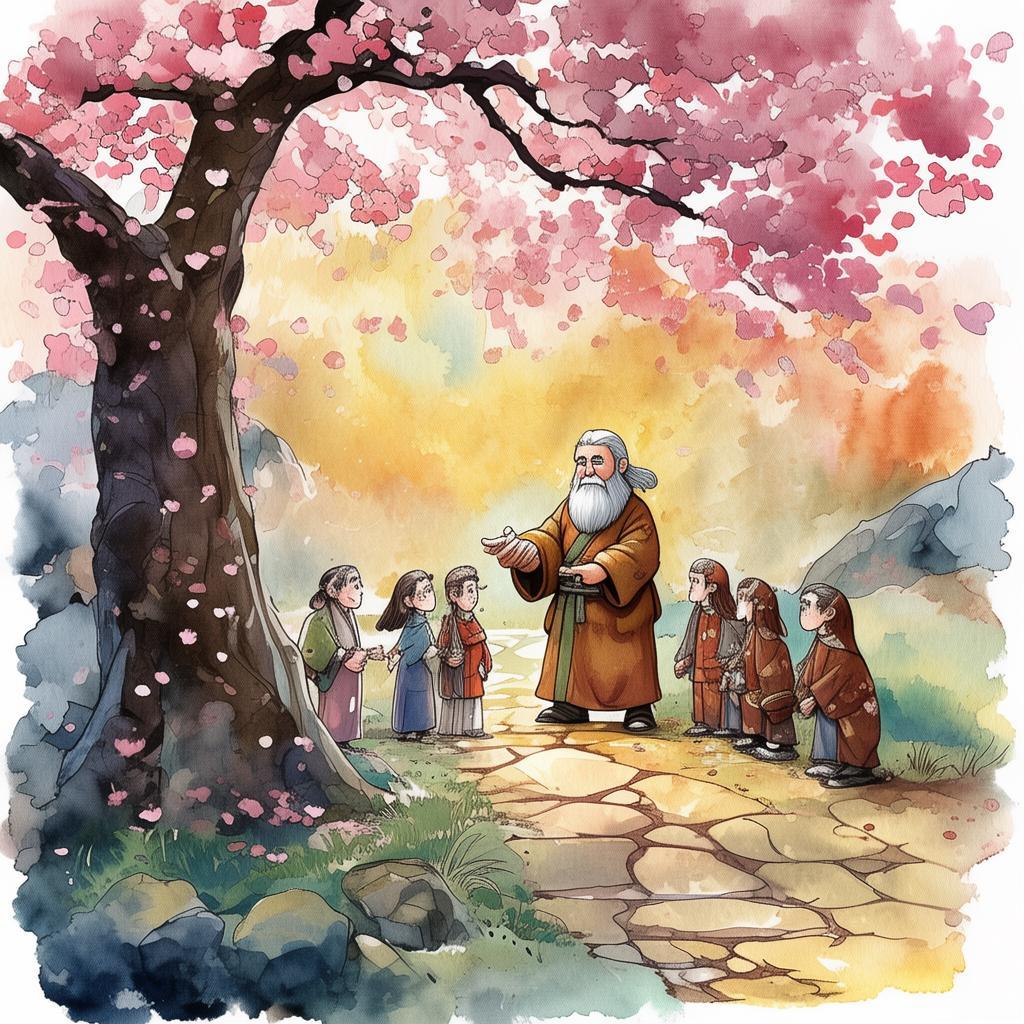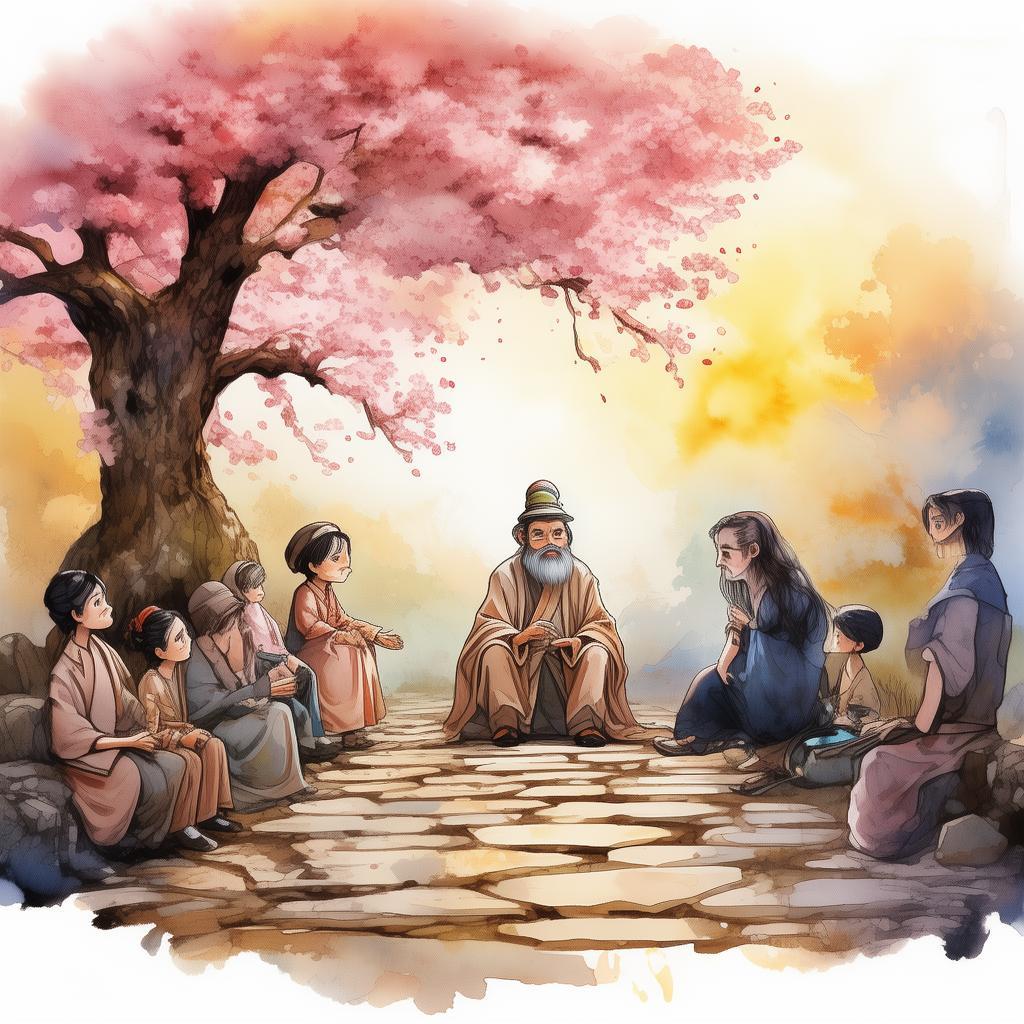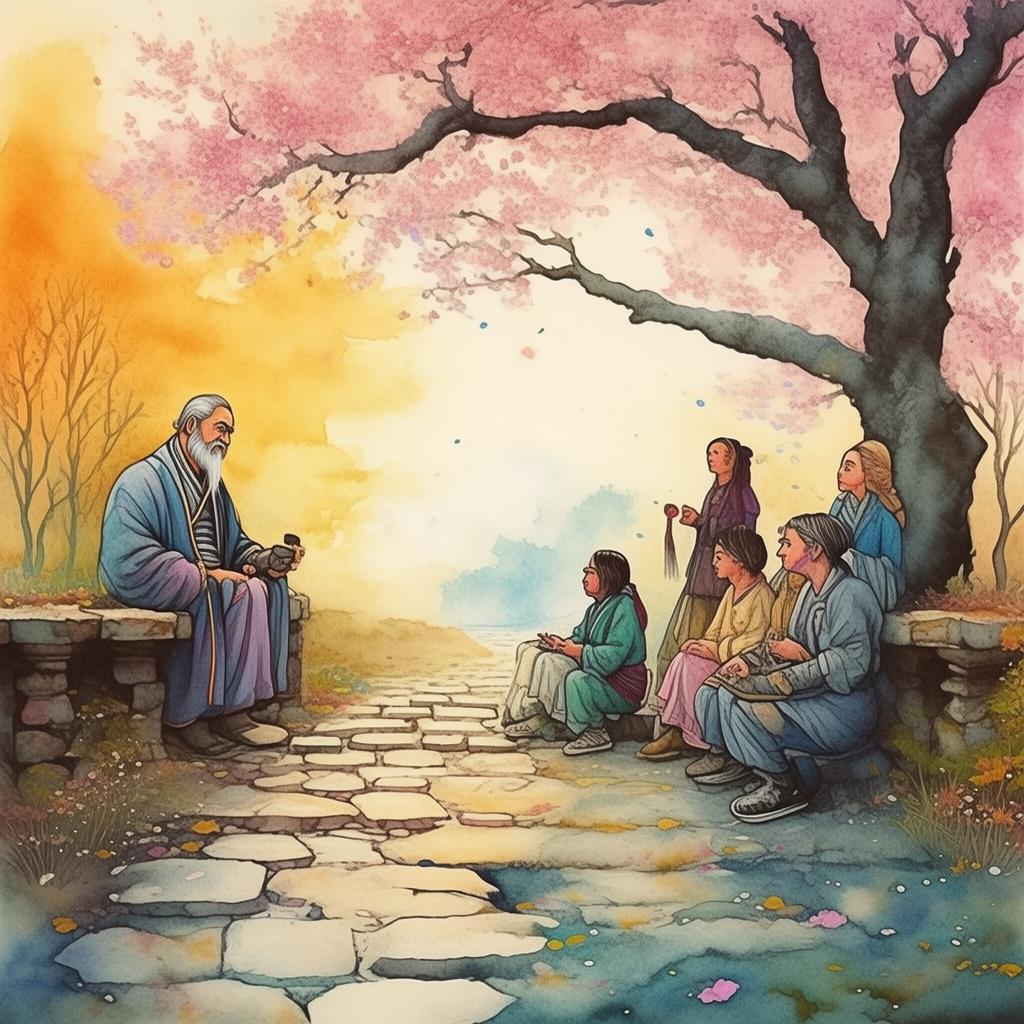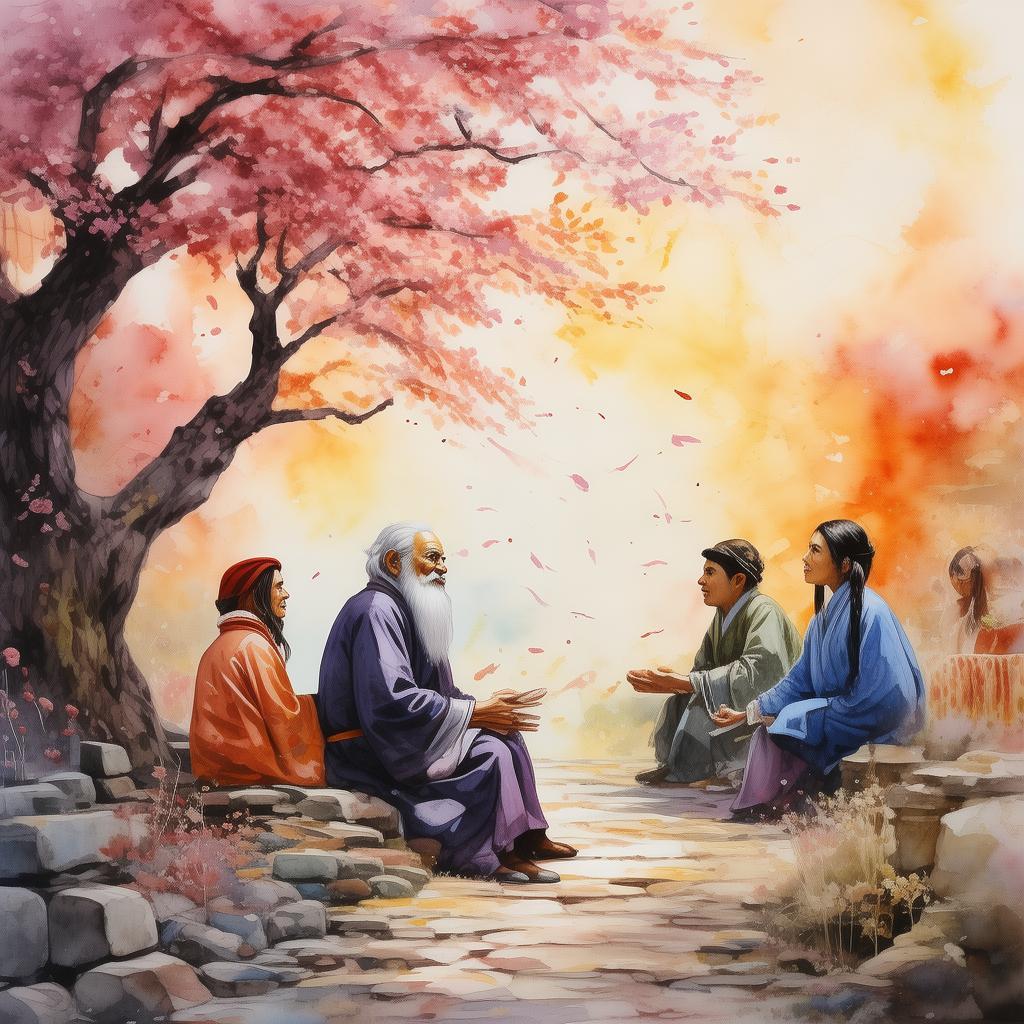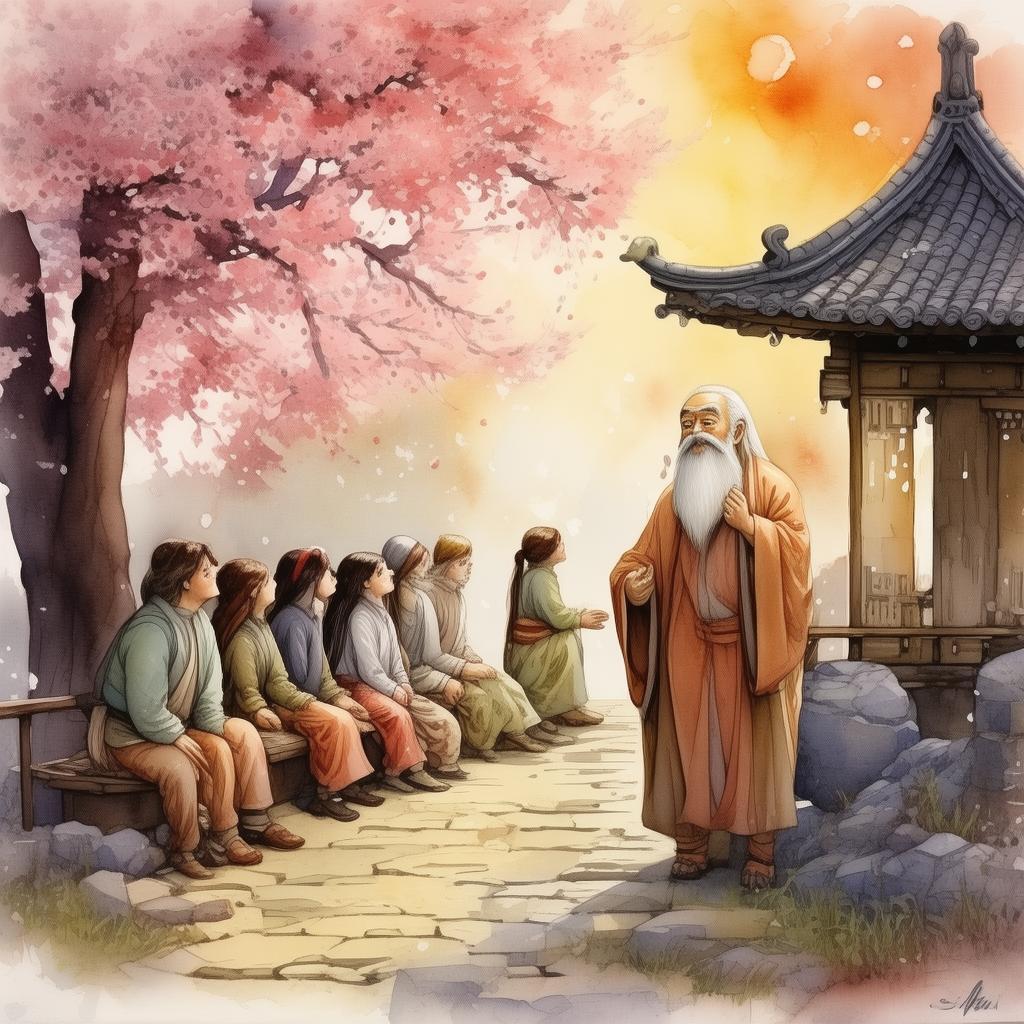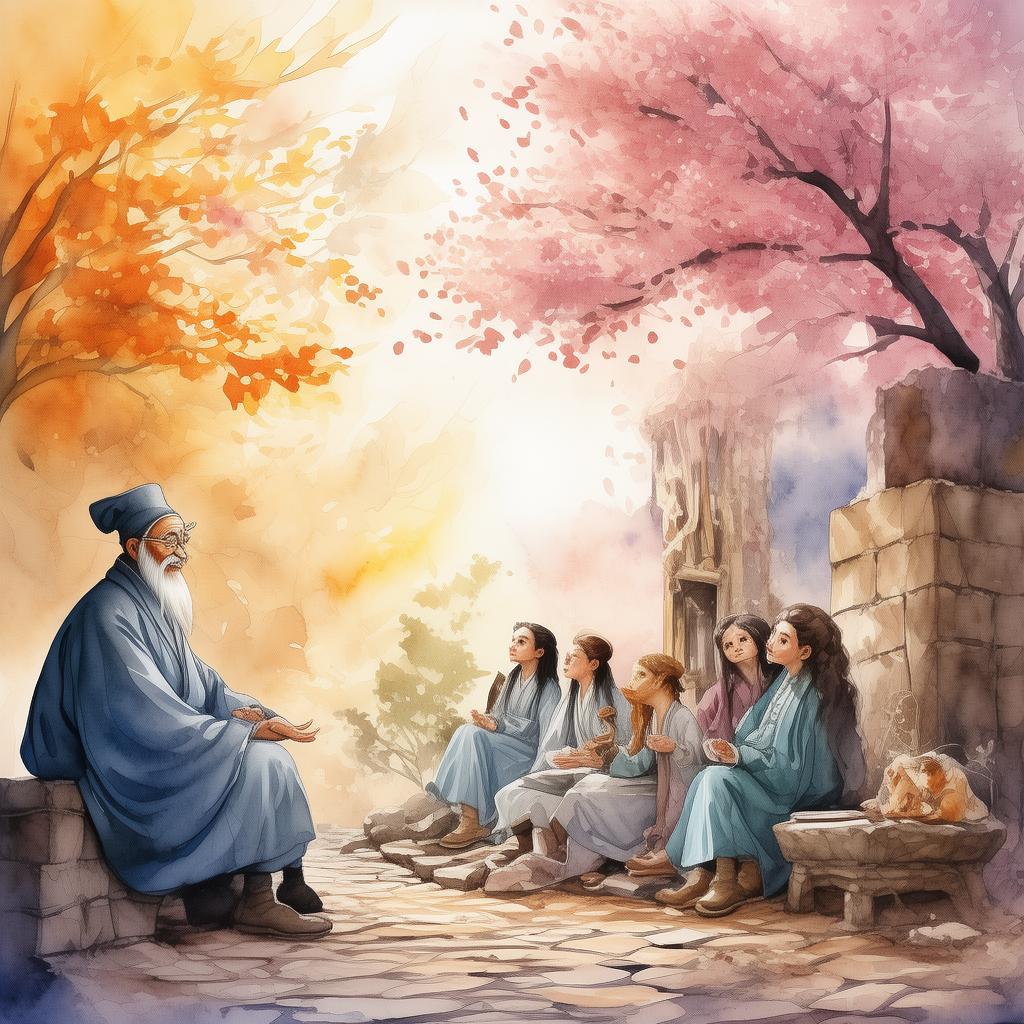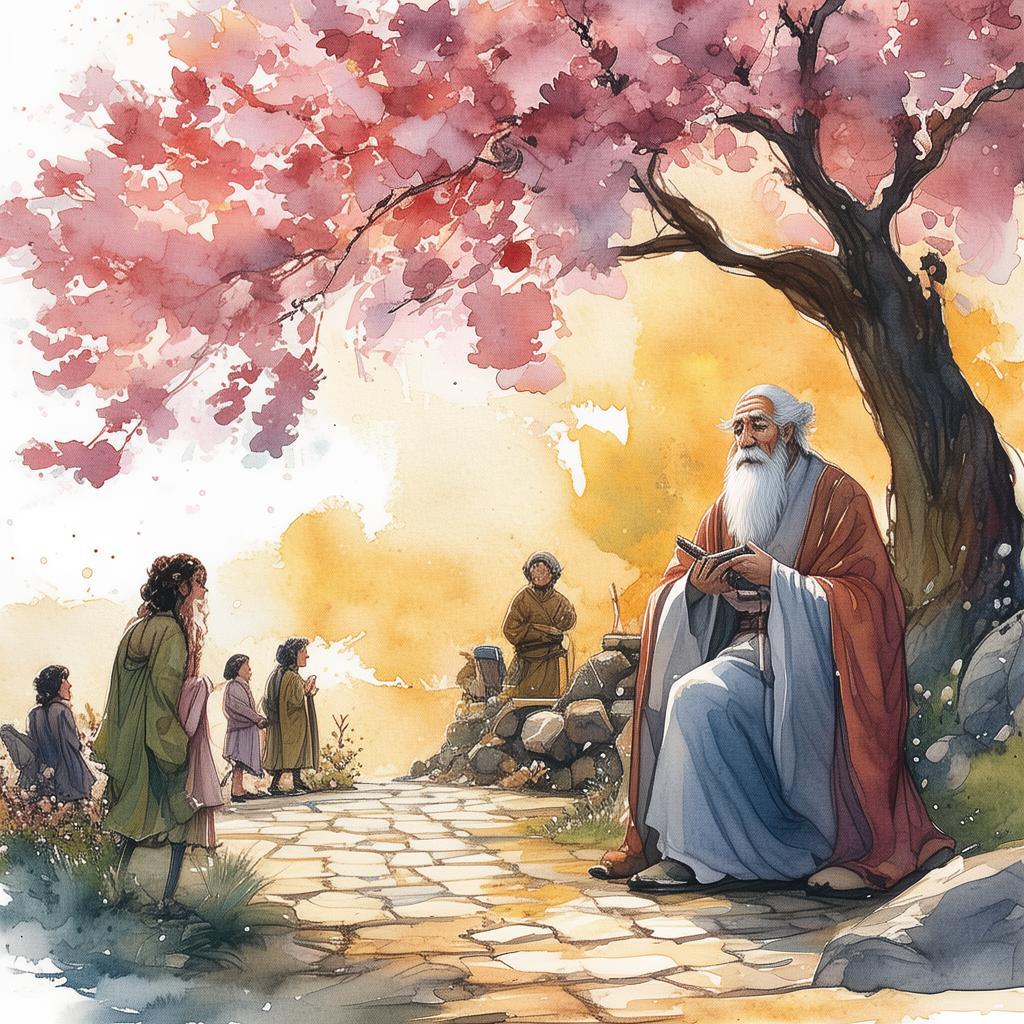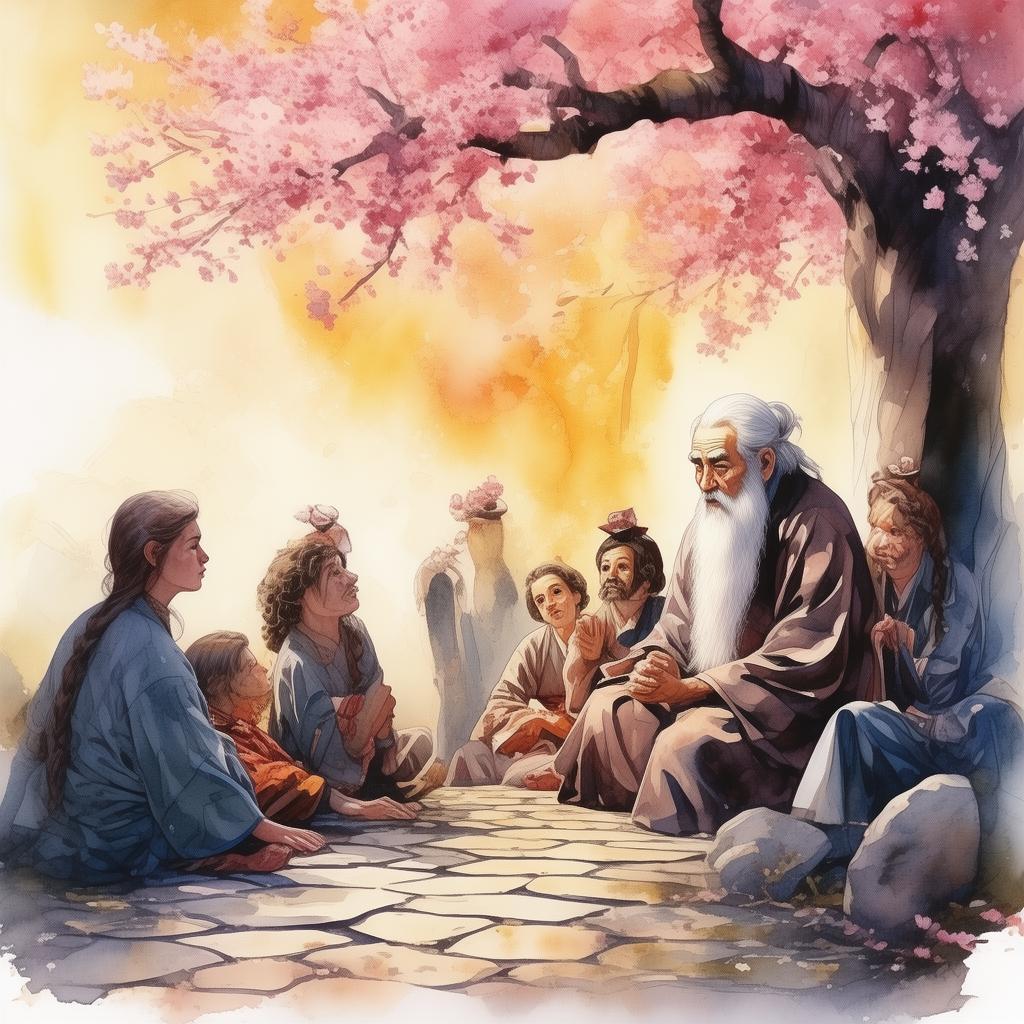The Symphony of the Storm
In the remote hills of a rugged mountain range, nestled in a village whispered about in hushed tones, there stood an ancient lighthouse. It was the abode of Liao Ming, a young man whose life had become one of survival, as the villagers lived under the relentless roar of The Whispering Winds, a tempest that ravaged the region with unpredictable fury.
The village, perched on the edge of a cliff overlooking the churning sea, was the home of Liao Ming's family, and like all families, they had their stories—stories of hope and despair, love and loss, woven into the tapestry of their existence. Yet, amidst these narratives, one story shone the brightest, the story of the young musician and his quest for harmony.
Liao Ming had always been an artist at heart, drawn to the strings of his instrument, the guqin. Each note he played resonated with the villagers, a melody of survival, echoing their struggles and aspirations. His music, a testament to the human spirit's resilience, was a whisper of hope against the storm's relentless cry.
One night, as the tempest raged with an unyielding ferocity, a stranger arrived at the lighthouse. It was a woman named Qing, a nomadic musician herself, her eyes filled with stories untold and her heart with the longing for harmony. She had heard the whispers of the wind that danced through the mountains and had traveled to find the young musician who could compose the symphony of the storm.
Qing introduced herself as the keeper of an ancient melody, one that was said to calm the most tumultuous of winds. Together, they embarked on a journey to unlock the secret of the storm's origin, a melody hidden within the whispers of the winds.
The journey was fraught with peril. The winds, once gentle and soothing, became malevolent spirits as the two travelers delved deeper into the heart of the mountain range. They encountered challenges at every turn—mysterious phenomena that threatened to unravel their resolve and the very essence of their survival.
But it was the music that became their compass. Liao Ming's guqin melodies intertwined with Qing's ancient song, creating a harmony that seemed to defy nature itself. As they played, the winds seemed to soften, their howls becoming whispers, and the tempest, a tempest no more.
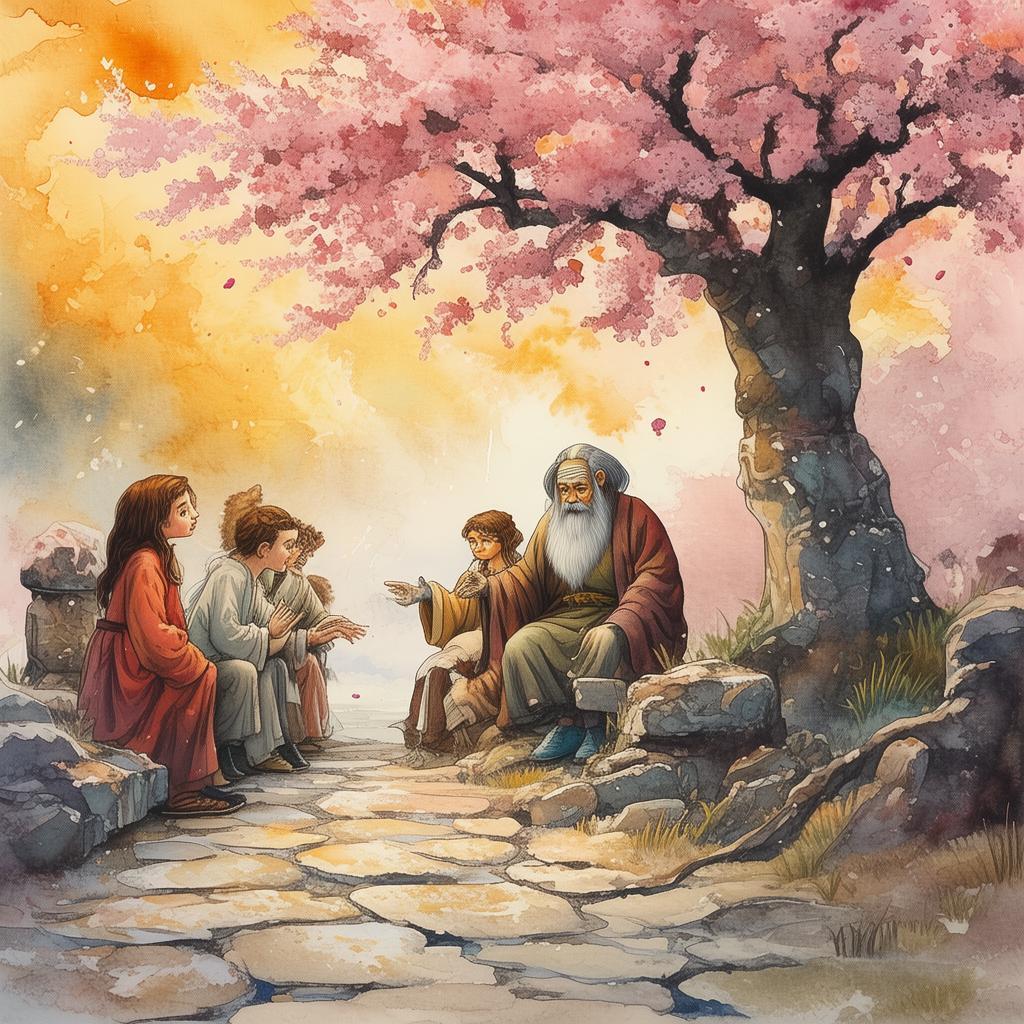
Yet, the path was not without cost. The harmony came at a price; the villagers, who had become accustomed to the winds' rage, were now left bereft of their fierce protector. Many grew weary of the newfound silence, longing for the storm's fierce embrace.
It was during one of the most intense confrontations with the wind spirits that Liao Ming and Qing realized the true nature of the storm. It was not a beast to be feared, but a force to be understood and respected. They composed a symphony that would honor the storm, acknowledging its power and beauty.
The villagers gathered in the village square, the guqin and the ancient melody filling the air with a new harmony. As the symphony played, the wind spirits seemed to listen, to acknowledge the respect shown to them.
In the end, the storm no longer ravaged the village, but its whispers continued to remind the villagers of the delicate balance of nature. The harmony between the wind and the people was fragile, a testament to the human spirit's ability to adapt and thrive amidst the capriciousness of nature.
The lighthouse became a beacon of hope, not only for the village but for all those who heard the story of Liao Ming and Qing. It was a story of survival, of perseverance, and of the universal truth that in harmony lies the power to overcome even the fiercest of tempests.
And so, the Symphony of the Storm became more than a melody; it became a symbol of hope, a testament to the enduring human spirit that could find a place of peace in the midst of the wild, unbridled fury of nature.
✨ Original Statement ✨
All articles published on this website (including but not limited to text, images, videos, and other content) are original or authorized for reposting and are protected by relevant laws. Without the explicit written permission of this website, no individual or organization may copy, modify, repost, or use the content for commercial purposes.
If you need to quote or cooperate, please contact this site for authorization. We reserve the right to pursue legal responsibility for any unauthorized use.
Hereby declared.
